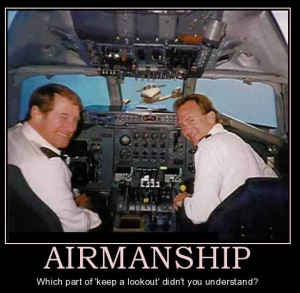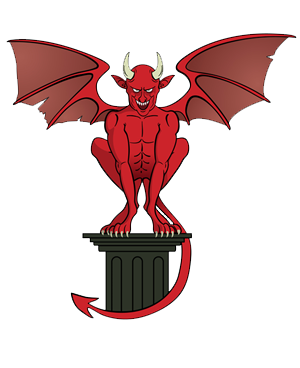Airmanship
What is Airmanship?
Airmanship is the consistent use of good judgement and well-developed skills to accomplish flight objectives. Good Airmanship means you are particular with your checks, are courteous to other pilots, are aware of your environment, and act accordingly as you have been taught.
Examples:
Lookout:
- Always keep a constant lookout for other Aircraft.
- Regularly use the 5 position lookout – High/Medium/Low
- Remember to hold your view for a few seconds rather than darting your eyes around
- Moving objects are more visible when you focus for a few seconds
- Remember to look UP and Down as well as left and right
Airside – Before/After flight:
- Always be aware of your propwash on the ground in relation to aircraft and people
- Operate brakes and throttle smoothly
- Obey right of way rules
- Taxy at appropriate speed – too fast is dangerous
In Flight Checks:
- L- Location – where are you, where is your destination, where can i land in an emergency
- I – Instruments – Temperature and Pressures (T’s & P’s)
- F – Fuel – How much left – do i have enough to divert/go-around if neccessary?
- E – Endurance. How much flying time do i need / have?
Unusual or Advanced Maneuvres: HSELL Check
- H – Height – Check enough height for recovery (minimum 1000ft agl)
- S – Security – Check harnesses and Helmets, no loose articles
- E – Engine – T’s & P’s, Fuel
- L – Location – where are you, not close to people or property
- L – Lookout – Clearing Turn – check above and below
Circuit Airmanship:
- Plan Ahead – Find out the details of the airfield you are flying to
- Extra special Lookout in circuit – Be aware of position of other traffic
- Always check for Traffic approaching on Final when you are on base leg
- Right of Way – Aircraft Joining circuit should give way to traffic already in the circuit
- Widen your circuit if necessary to avoid conflict with other aircraft
- Be aware of wake turbulence from other aircraft when taking off or landing
- Maintain correct height while in circuit
- Maintain correct speed on final approach
